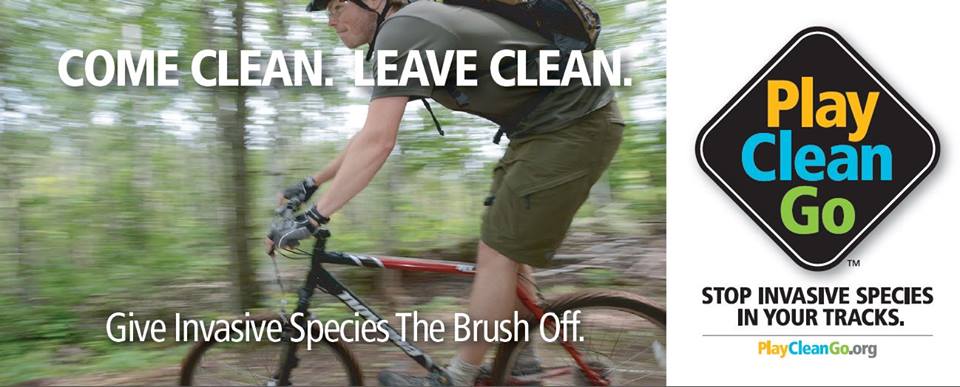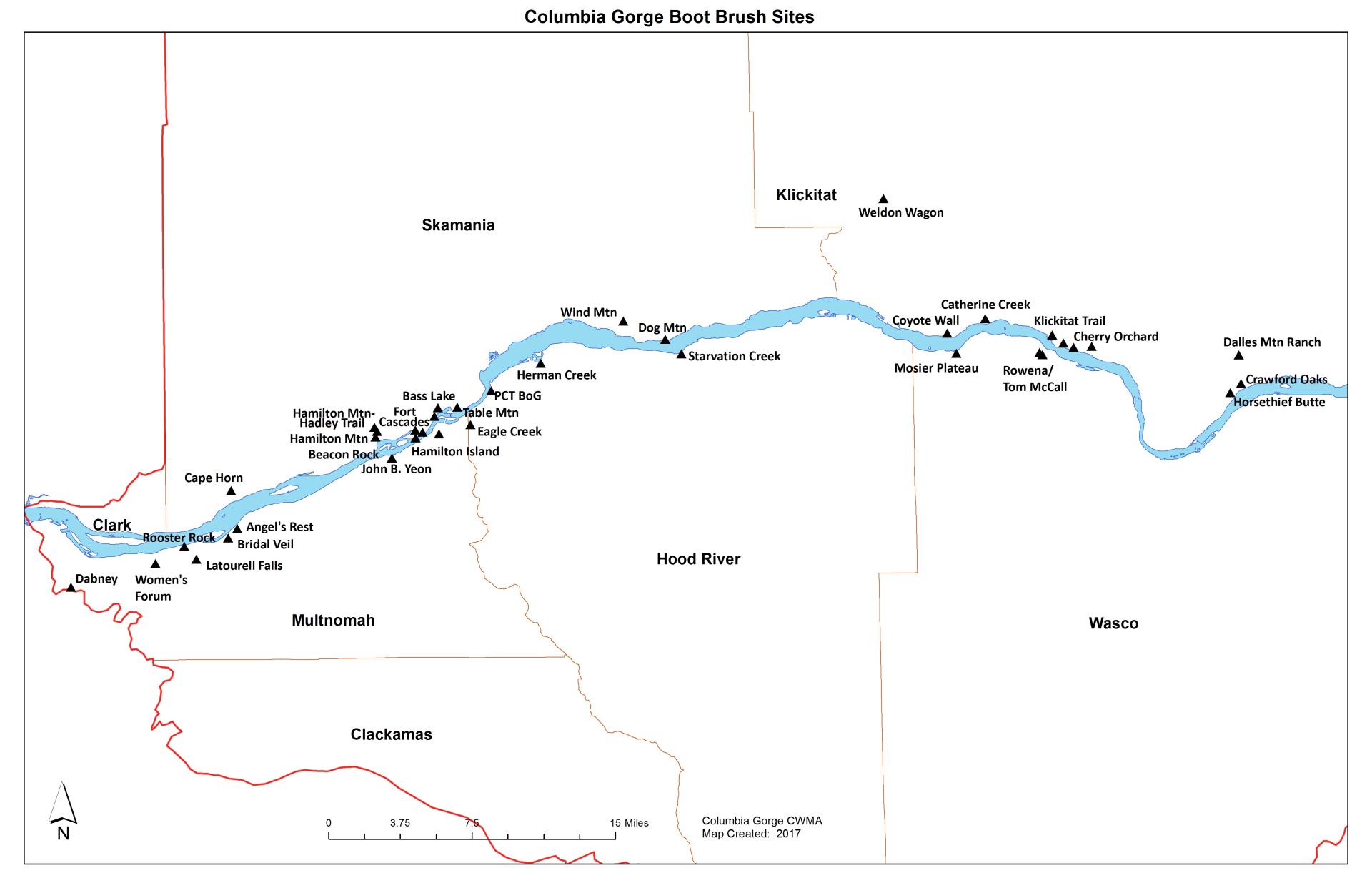Noxious Weeds are invasive, non-native plants that threaten agricultural crops, local ecosystems, or fish and wildlife habitats. “Noxious weeds” include non-native:
- invasive grasses
- flowering plants
- shrubs and trees
- aquatic plants
About half of all invasive, noxious weeds are escapees from gardens; the rest are plants introduced through human travel and trade. Disposing of yard debris properly is crucial to limiting the spread of unwanted plants into natural areas.
As humans introduce plants to new locations for cultivation, or transport them accidentally, some of them become invasive species, damaging native plant communities. Invasive species can have profound effects on ecosystems by changing ecosystem structure, function, species abundance, and community composition. Besides ecological damage, these species can also damage agriculture, infrastructure, and cultural assets.
Recreationalists can accidentally transport weed seeds via the soles of their shoes, on equipment, tires, or dog fur. You can help minimize the spread of invaders by utilizing boot brushes at trailheads and keeping equipment clean. Learn more about how to Stop Invasive Species in Your Tracks by visiting PlayCleanGo.org or utilizing boot brushes at certain trailheads in and around the Columbia Gorge.

The Washington State Noxious Weed List includes 155 non-native, invasive species, with 38 Class A species required by the state to be eradicated. All Washington State Noxious Weeds are required to be controlled by the landowner in Skamania County. For more information about Washington's Noxious Weed Laws please see "Noxious Weeds in Washington" on our home page or visit the state's noxious weed board's webpage.